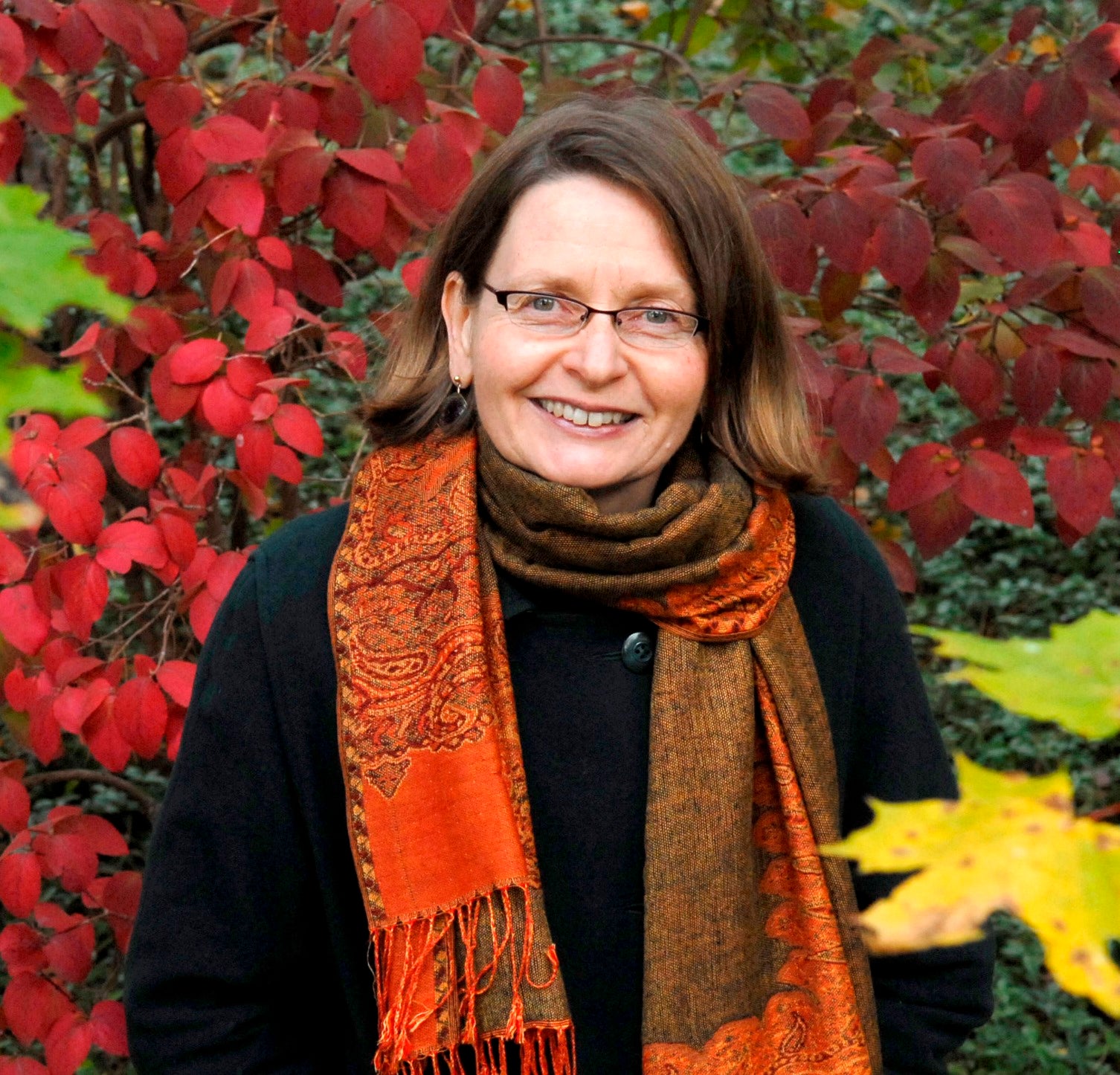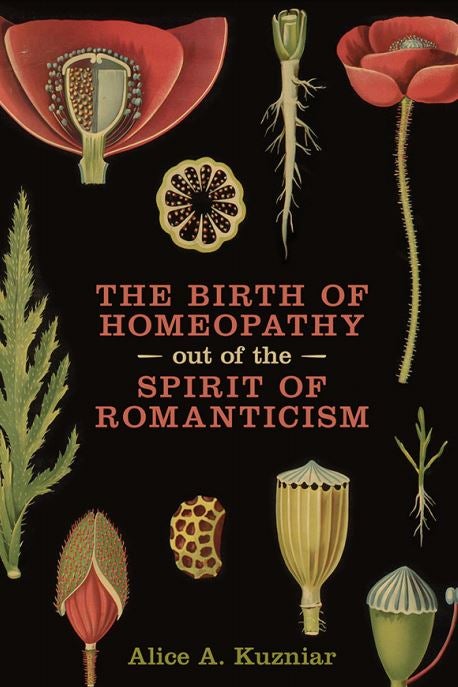Though she grows her own herbs for tinctures, Professor Alice Kuzniar is not a proponent of the alternative medical practice of homeopathy. “I see myself as an intellectual historian,” says the author of The Birth of Homeopathy out of the Spirit of Romanticism, adding that she has no expertise to comment on the efficacy of the practice today.

Professor Alice Kuzniar is a University of Waterloo Research Chair (2017) and Professor in Germanic & Slavic Studies.
Yet, Kuzniar remains fascinated by the practice. An interdisciplinary scholar based in Germanic and Slavic Studies, she spent many research hours in the archives of homeopathy housed at The Institute for the History of Medicine in Stuttgart, Germany. “An archive allows you to appreciate how important historical and cultural origins are,” she says.
Scientific debunking or personal testimony dominates current debate around homeopathy, but neither side portrays the full picture of this 200+ year-old alternative practice that is still popular. “If you don’t know why homeopathy came into existence in the first place, I think you are left with a lot of questions about the practice that are still being asked today,” says Kuzniar.

The Birth of Homeopathy out of the Spirit of Romanticism is published by University of Toronto Press, May 2017.
Homeopathy is a phenomenon rooted in its time. Kuzniar illustrates this in her new book by examining the founding principles of the practice and their parallels with the cultural zeitgeist of late 18th-century Germany, the time of early German Romanticism. Indeed, The Birth of Homeopathy is the first publication in English that makes a rigorous, scholarly investigation of the cultural context of the phenomenon and its inventor.
The physician, Samuel Hahnemann, founded homeopathy in 1796 when German Romanticism was taking hold in art, literature, religion, philosophy, and even in science. “The reason homeopathy gained popularity,” says Kuzniar, “was because Hahnemann was using ideas that were current and widely embraced.”
In contrast to our focus today on the footprint left by humans on the environment, she points out that “the Romantics envisaged the unity of man and nature.” Hahnemann drew on the idea that human and plant organisms share a “vital life force” - Lebenskraft – and treated a patient’s symptoms with plant-based remedies that specifically produced the same symptoms. His law of similars - treating like with like - is the foundation of homeopathy.
Hahnemann saw his pharmacopeia as a “codex of nature,” explains Kuzniar. German Romantic poet Novalis also spoke of the “magic wand of analogy” that would allow one to read nature. He pondered, “How am I different from the river when I gaze with sad longing into its waves, and my thoughts are lost in its flow?”
Rejecting conventional medical practice of the time, Hahnemann did not do a physical examination or measure his patient’s temperature and circulation. Instead, he conducted long interviews with his patients, in which they would describe every symptom they felt from head to toe, including seemingly benign sensations like an itch. Hahnemann documented in detail, creating a personalized narrative of the patient. “He believed that each narrative is absolutely unique to the individual,” says Kuzniar.
His procedure for selecting a remedy was this: first he would test an herb on himself, write down the effects and symptoms produced by the herb, and then he would match the herb-created symptoms with this narrative of the patient’s unique symptoms. And, voila, he has the remedy.
The notion of the subjective individual in the period was important in both art and homeopathy. The culture circa 1800 influenced homeopathy—and vice versa. “Hahnemann influenced poets of the time like Annette von Droste-Hülshoff, the most famous German poetess of the 19th century,” says Kuzniar. “For over a decade she sought out a homeopath, and her poetry reflected that precise recording of phenomena. The intense self-observation demanded by homeopathy was brought to bear on her poetry.”
Goethe, the widely celebrated writer and thinker of German Romanticism and beyond, actually poked fun at the laws of homeopathy and was skeptical of the practice, says Kuzniar. By 1831, when homeopathy had gained popularity, Goethe’s Faust II includes a scene where an old hag complains of her aching foot to Mephisto, to which he responds by stomping on the foot saying she can now forget the original pain: “Like cures like, no matter what one is suffering; / Foot heals foot, and so with every member,” Kuzniar translates from Faust II.
The archival research revealed some important peculiarities about Hahnemann’s work, points out Kuzniar. “While we know about the practice of individualizing every patient, when we look closely at the documentation, 56% of the time between 1801 and 1803 Hahnemann prescribed only three remedies – over and over again for all these unique patients.” She further observed that Hahnemann did not track the progress of his patients, “so we don’t know if they were healed, lost interest, or died.
“These facts are not well known in the English speaking world, despite how widespread homeopathy is,” she says. “I am not commenting on homeopathy today, but I do want to say that understanding the history of its birth is important. And I hope readers can use elements of this history that are important or relevant to them.”
The first half of 2017 has been especially successful for Professor Kuzniar. Along with the publication of her new book, in April she received a Faculty of Arts Award for Excellence in Research, and at this spring's convocation, she will be named by the Provost as a University of Waterloo Research Chair.
Related links:
- Video of the Waterloo Centre for German Studies' 2015 Grimm Lecture on the birth of homeopathy
- Dept. of Germanic and Slavic Studies' faculty profile video of Professor Kuzniar.